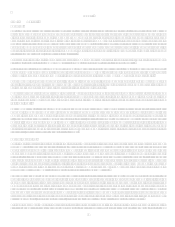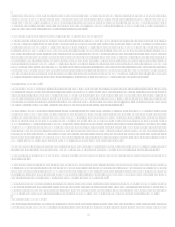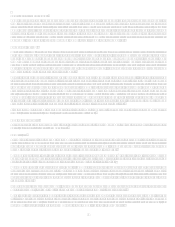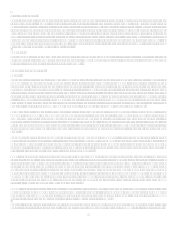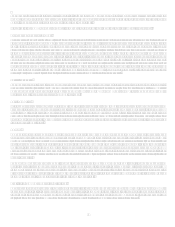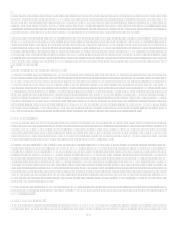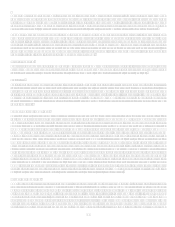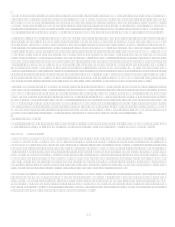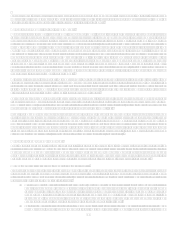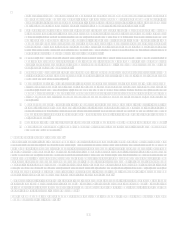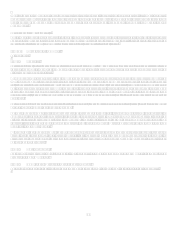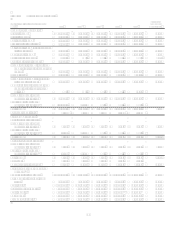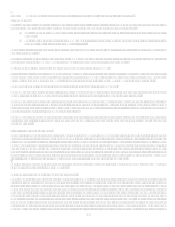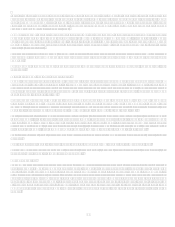Capital One 2007 Annual Report Download - page 35
Download and view the complete annual report
Please find page 35 of the 2007 Capital One annual report below. You can navigate through the pages in the report by either clicking on the pages listed below, or by using the keyword search tool below to find specific information within the annual report.13
U.K. Bank obtains capital through earnings or through additional capital infusion from COB, subject to approval under Regulation K
of the rules administered by the Federal Reserve. If the U.K. Bank is unable to generate or maintain sufficient capital on favorable
terms, it may choose to restrict its growth to reduce the regulatory capital required. Following the introduction of the Capital
Requirements Directive, the U.K. Bank continues to have a healthy capital surplus and the impact of the new capital regime has been
fully factored into the U.K. Banks financial and capital planning. In addition, the U.K. Bank is limited by the U.K. Companies Act
1985 in its distribution of dividends to COB in that such dividends may only be paid out of the U.K. Banks distributable profits.
As in the U.S., in non-U.S. jurisdictions where we operate, we face a risk that the laws and regulations that are applicable to us (or the
interpretations of existing laws by relevant regulators) may change in ways that adversely impact our business. The OFT is
investigating Visas and MasterCards current methods of setting interchange fees applicable to U.K. domestic transactions. Cross-
border interchange fees are also coming under scrutiny from the European Commission, which in December 2007 issued a decision
notice stating that MasterCards interchange fees applicable to cross border transactions are in breach of European Competition Law.
A similar decision is expected in relation to Visas cross border interchange fees. While there is not expected to be a final
determination of the OFTs case before the end of 2009, the most likely outcome is that interchange fees will be reduced and this
could adversely affect the yield on U.K. credit card portfolios, including ours, and could therefore adversely impact our earnings.
Finally, in the United Kingdom, the Consumer Credit Act 2006 received Royal Assent on March 30, 2006 and has an implementation
timetable extending from 2006 to 2008. The purpose of the Act is to reform the Consumer Credit Act1974. The key areas covered
by the Act are as follows: the creation of an unfair relationship test to enable debtors to challenge unfair relationships with creditors,
the creation of alternative dispute resolution options for credit agreements, a requirement on lenders to provide additional information
to debtors after the agreement is made, and a stricter licensing regime that will give the OFT new powers to fine lenders for their
behavior. At present it is not believed that these changes will have a material impact on the U.K. Banks business model.
Finally, we were cited by the FSA following an investigation into the sale of payment protection insurance (PPI). PPI is a cross-sell
product which protects a borrowers ability to keep up the payments on their credit card or loan in case of an accident, sickness or
unemployment for a period of up to 12 months. In relation to our sale of PPI, we were fined by the FSA for failing to have adequate
systems and controls and for failing to treat our customers fairly. Prior to the FSAs investigation, Capital One had started a project to
implement a number of significant improvements to its sales and administrative processes concerning PPI with a focus on customer
communications. Capital One proactively worked with the FSA and has addressed all of its concerns. The fine did not have a material
adverse effect on our results of operations or financial condition, and was significantly lower than other recent fines the FSA have
imposed on other providers for failings in this area. Following subsequent thematic work in this area, the FSA noted that the U.K.
Bank improved significantly in a number of areas and that the FSA did not have any major concerns at this time.
Statistical Information
The statistical information required by Item 1 can be found in Item 6 Selected Financial Data, Item 7 Management Discussion and
Analysis of Financial Condition and Results of Operations and in Item 8, Financial Statements and Supplementary Data.
Item 1A. Risk Factors
This Annual Report on Form 10-K contains forward-looking statements within the meaning of the Private Securities Litigation
Reform Act of 1995. We also may make written or oral forward-looking statements in our periodic reports to the Securities and
Exchange Commission on Forms 10-Q and 8-K, in our annual report to shareholders, in our proxy statements, in our offering circulars
and prospectuses, in press releases and other written materials and in statements made by our officers, directors or employees to third
parties. Statements that are not about historical facts, including statements about our beliefs and expectations, are forward-looking
statements. Forward-looking statements include, but are not limited to information relating to our future earnings per share, growth in
managed loans outstanding, product mix, segment growth, managed revenue margin, funding costs, operations costs, employment
growth, marketing expense, delinquencies and charge-offs. Forward-looking statements also include statements using words such as
expect, anticipate, hope, intend, plan, believe, estimate or similar expressions. We have based these forward-looking
statements on our current plans, estimates and projections, and you should not unduly rely on them.
Forward-looking statements are not guarantees of future performance. They involve risks, uncertainties and assumptions, including the
risks discussed below. Our future performance and actual results may differ materially from those expressed in forward-looking
statements. Many of the factors that will determine these results and values are beyond our ability to control or predict. Forward-
looking statements speak only as of the date that they are made, and we undertake no obligation to publicly update or revise any
forward-looking statements, whether as a result of new information, future events or otherwise. You should carefully consider the
factors discussed below in evaluating these forward-looking statements.


